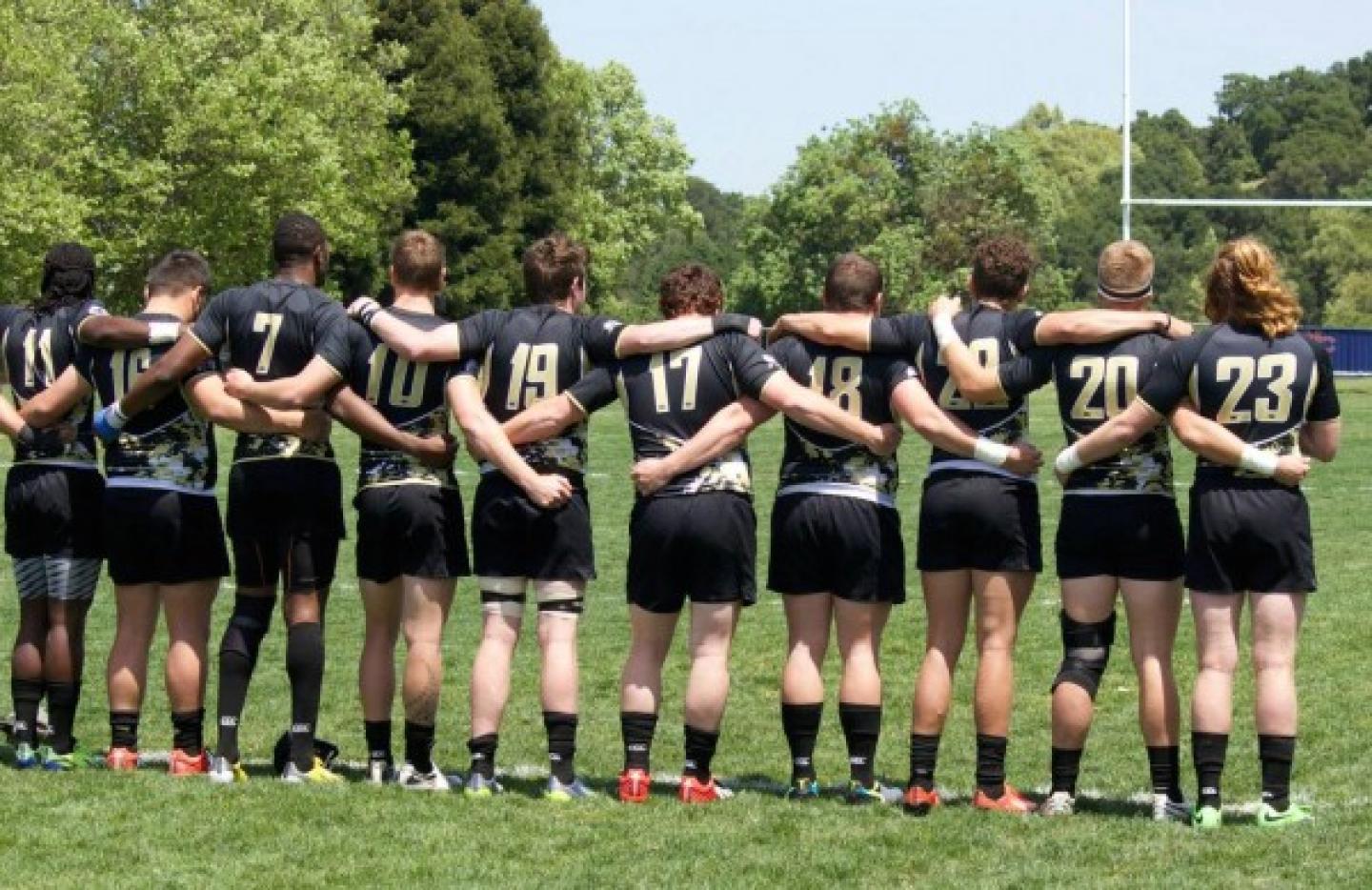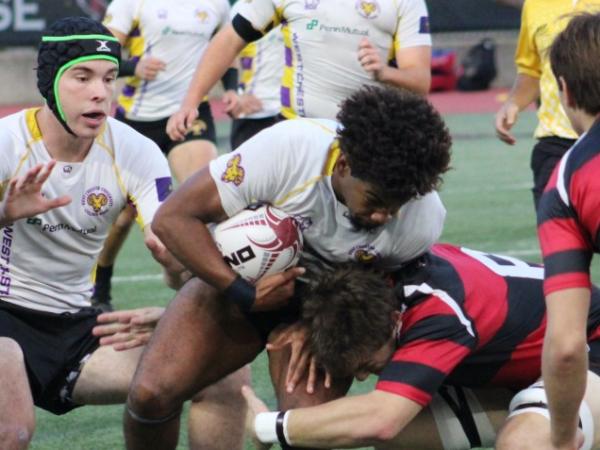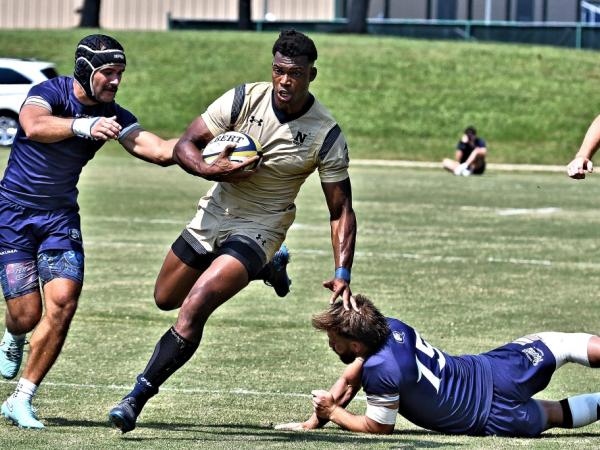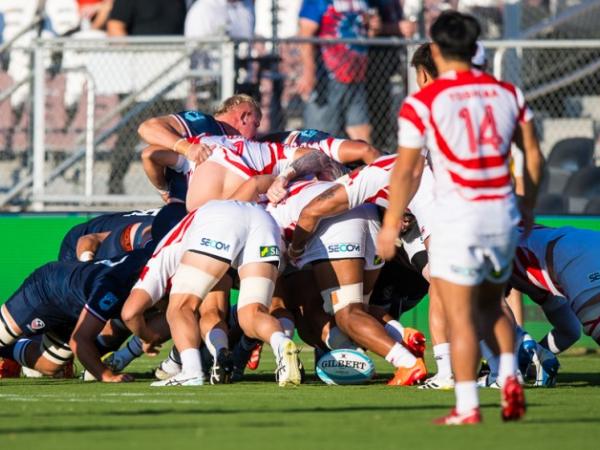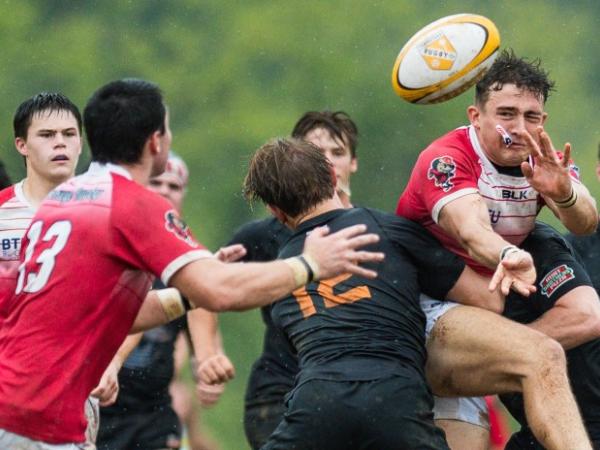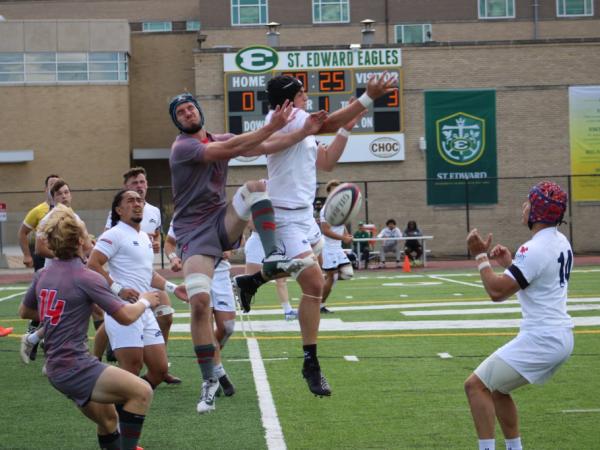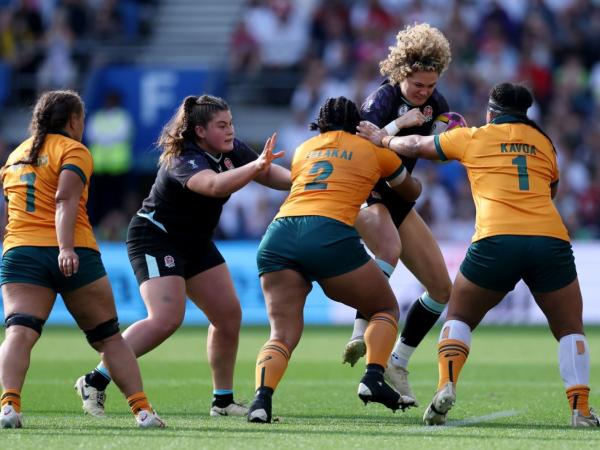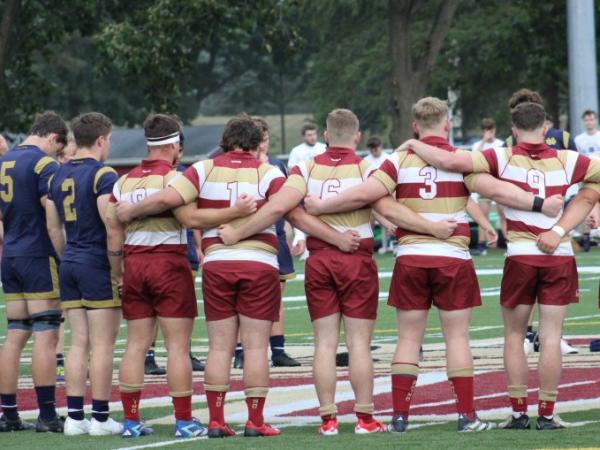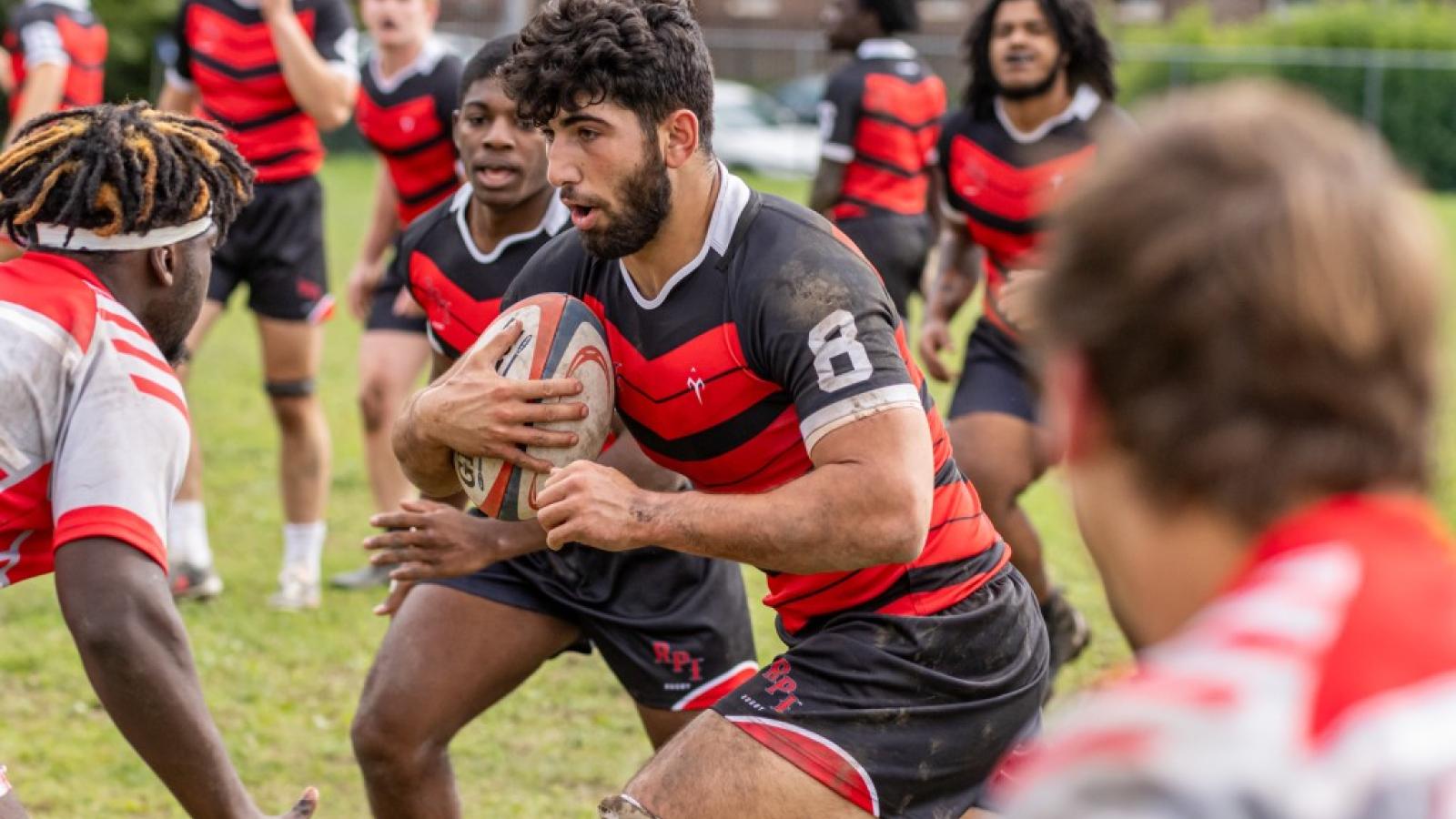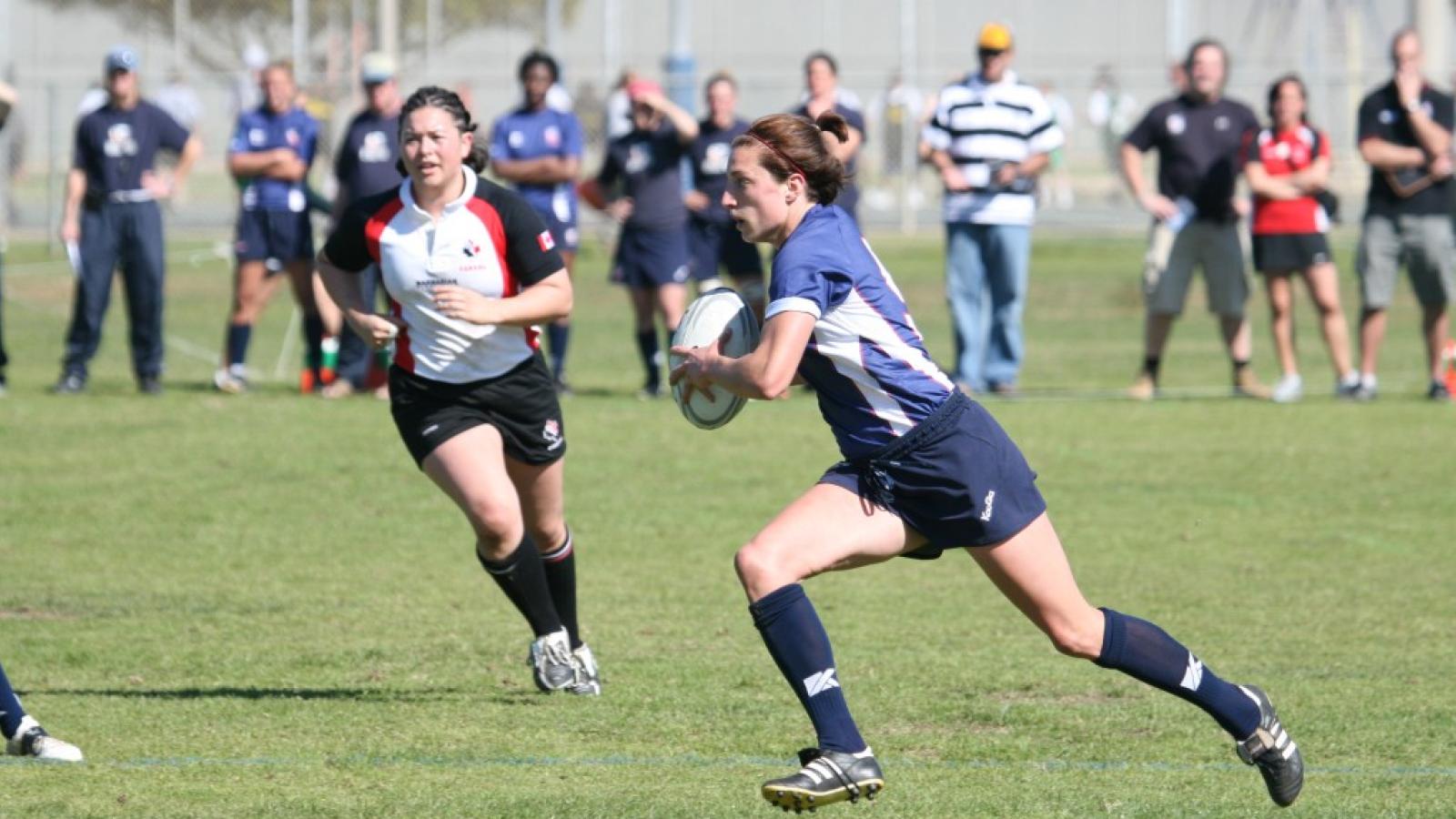Three major University teams have made an informal agreement to limit the number of non-USA-eligible players they use in any given game.
Wednesday Lindenwood University Head Coach JD Stephenson announced that he, Life University Director of Rugby Dan Payne, and Davenport University Head Coach James Wood have entered into an agreement to limit the number of non-USA-eligible players on the field to five. This rule somewhat mirrors the current club rule, which has been in effect for close to ten years now.
For a player to be USA_eligible, he doesn't have to be a citizen. If he has been in residence in the USA for three years or more, or has an American parent or grandparent, he is eligible to play for the USA 15s team (the 7s team is the same, but when falling under Olympic rules, requires citizenship).
The idea came to fruition after Stephenson and Payne met over the summer. Both agreed that while a college rugby team should have winning as its goal, there are other goals, as well, and they include developing young American players.
"We want that international flare and experience in a team," said Stephenson, whose roster is about 40% foreign-born at present. "But we can't lose sight of the fact that this is the American game, and we need to develop players for the Eagles."
Lindenwood has come under fire from opposing fans, opposing coaches, and other observers for their foreigner-heavy roster. Overseas students are common on college campuses and are a large part of any team (other than football), from math to gymnastics to golf to band. But Lindenwood perhaps recruited overseas more than they needed to. Former Head Coach Ron Laczewski, who started the Lindenwood varsity program, recruited heavy from overseas because he felt he could get instant results by doing that. He did, but perhaps at the cost of local interest - US-based recruits would be forgiven for thinking they might lose playing time to a transfer from another country.
"We are certainly the most affected by this agreement," said Stephenson. "I don't think Davenport even has five non-US players on their roster."
He's right. Davenport's roster of 53 men's team players includes only two born outside the US - one of them, JP Eloff, is USA-qualifified through residency, and the other, Latthaphon Lormongkol, is from Thailand. Life has five players on its roster born outside the USA, just over 10%.
The move is a drastic one for Lindenwood, which will find itself benching two or three players partly on what country they are eligible to play for. Stephenson said it's worth it to remake his program as an American one with some foreign players.
"I look at St. Mary's, which won a national championship with all American kids, and thought, 'let's see what kind of coaches we can be following that model,'" said Stephenson.
Certainly Lindenwood is not the only college with overseas players. Almost every university team has one or two players show up at their door. Arkansas State University's team is partially funded by the International Studies program at the school, and thus having international students playing rugby is important to the school as a whole. Others have a reputation as fielding a lot of overseas players, and they often do because coaches have a connection to a specific country or schools in a particular country. There is no rule from USA Rugby limiting foreign college players, and the only restrictions the NCAA had on international athletes was concerning whether they played on teams with professionals.
That won't change, because there are no restrictions on international students attending most colleges. Even the US Service Academies bring in up to 60 international students a year, and they have been known the play rugby.
Stephenson said the teams involved are not anti-overseas players, but they do want to develop young US-eligible athletes, as well.
We don't have statistics on how many overseas players are on college rosters, although we have some stats below, but anecdotally it's fair to guess that the percentage of overseas players at decision-making positions of scrumhalf and flyhalf is higher than the overall percentage of overseas players. At every level of American rugby, coaches take the sure thing of putting an overseas-trained #9 or #10 on the field.
It's unlikely there will be a rule about that.
Percentage of Foreign-Born Players on Top Men's College Teams (information taken from team websites):
St. Mary's Unknown
Life 10.6%
BYU 21.3%
Cal 16.7%
Lindenwood 36.8%
Kutztown Unknown
Arkansas State 36.8%
Central Florida Unknown
Central Washington 2.5%
Five Players on a 23-man Roster: 21.7%






